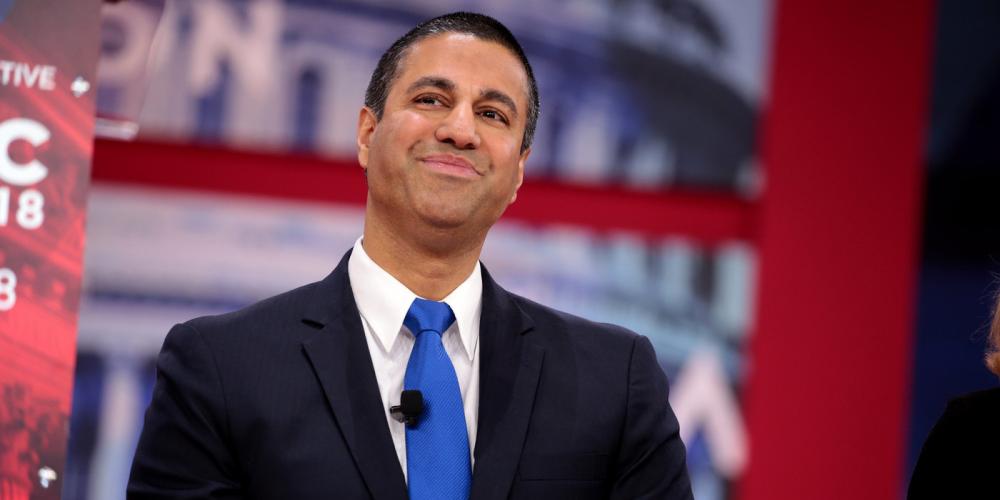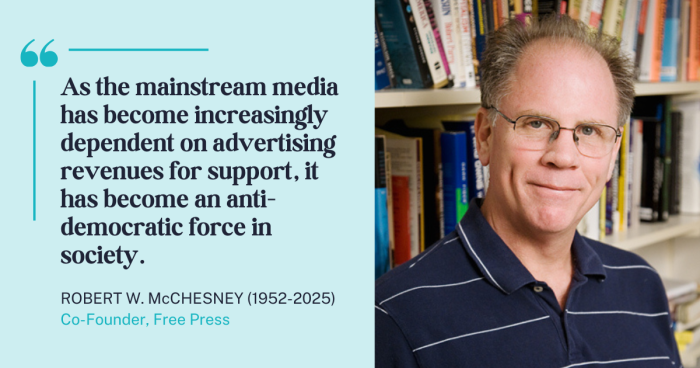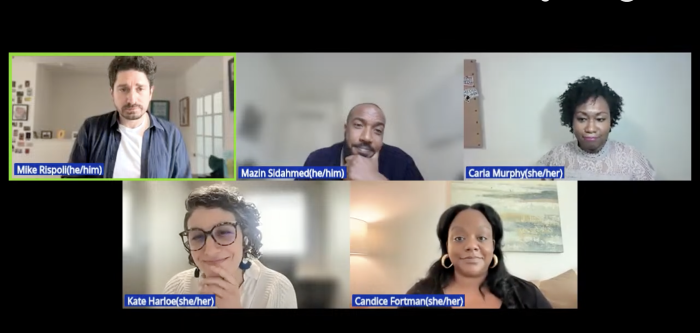The Trump FCC Preps Its Latest Gift to Big Media

Broadcasters are lobbying the FCC to gut its media-ownership rules — again.
We’ve taken a spin on Chairman Pai’s deregulatory merry-go-round before, and it never turns out well. Almost as soon as he took charge of the agency in 2017, Pai resurrected an analog-era loophole called the UHF discount that lets broadcasters pretend to be smaller than they actually are to avoid regulatory scrutiny. Next he got rid of the main-studio rule — a basic requirement that a broadcast station maintain a physical studio in or near the community it serves.
By the end of the year he’d also dismantled local media-ownership protections, clearing the way for broadcast goliaths like Nexstar and Sinclair to buy up both the local newspaper and the top-two local broadcast stations in a given market, plus operate a handful of other stations through sharing agreements — turning local communities into one-newsroom towns.
This deregulation shouldn’t have been possible, because the FCC has so far failed to analyze what impact loosening these rules would have on race and gender diversity in broadcasting — even though the courts have told the agency three times that it must do so.
Greenlighting such massive consolidation devastates the public by reducing localism, diversity and competition in our media. That’s why Free Press and others have been fighting these rollbacks tooth and nail — at the FCC and in the courts.
Now before dust has even settled on Pai’s last round of industry handouts, the big broadcasters want him to do it all again.
Another bite at deregulation
In the FCC’s latest proceeding, the National Association of Broadcasters (NAB) and its chorus of industry heavyweights are urging Pai to slash the last remaining media-ownership protections.
Has the FCC done its court-mandated diversity analysis yet? Nope — but NAB argues that diversity shouldn’t matter, because online content is diverse enough to make up for it.
Big broadcasters are trying to abdicate their statutory public-interest obligations by outsourcing diversity to digital outlets. As long as these companies keep making more money, who cares if industry owners continue to be overwhelmingly White and male?
Not only is that despicable on its face, it wrongly assumes that everyone can access these digital alternatives. But as Free Press has written about time and again, millions of people of color and low-income families can’t afford home-internet access. They can afford free over-the-air broadcast, however, and disproportionately rely on traditional TV and radio stations for critical news and information.
So not only is NAB pushing the FCC to ignore the courts and ignore rife racism and sexism in broadcast ownership “because the internet,” it’s also arguing for deregulation that would specifically hurt poor communities of color.
Contrary to NAB’s claims, the broadcast industry is surviving (and even thriving) in the digital age. Online outlets are not a substitute for the uniquely free, local and widely trusted news communities depend on from their local broadcast stations — which is still the most popular place people get their news.
The FCC shouldn’t listen to broadcasters’ disingenuous complaints; what’s more, without completing the court-mandated diversity studies, it doesn’t have the legal authority to do so. More media consolidation hurts all of our communities by siphoning resources away from local journalism and putting industry profits over people.
Chairman Pai must stop playing the big broadcasters’ game.





